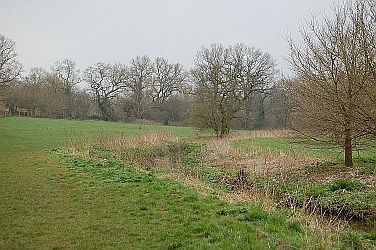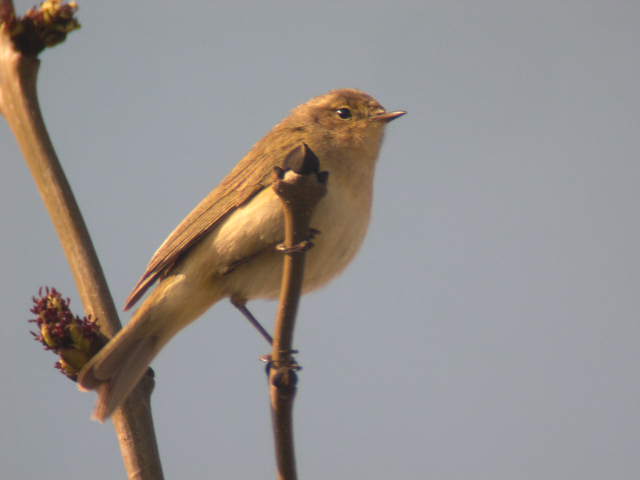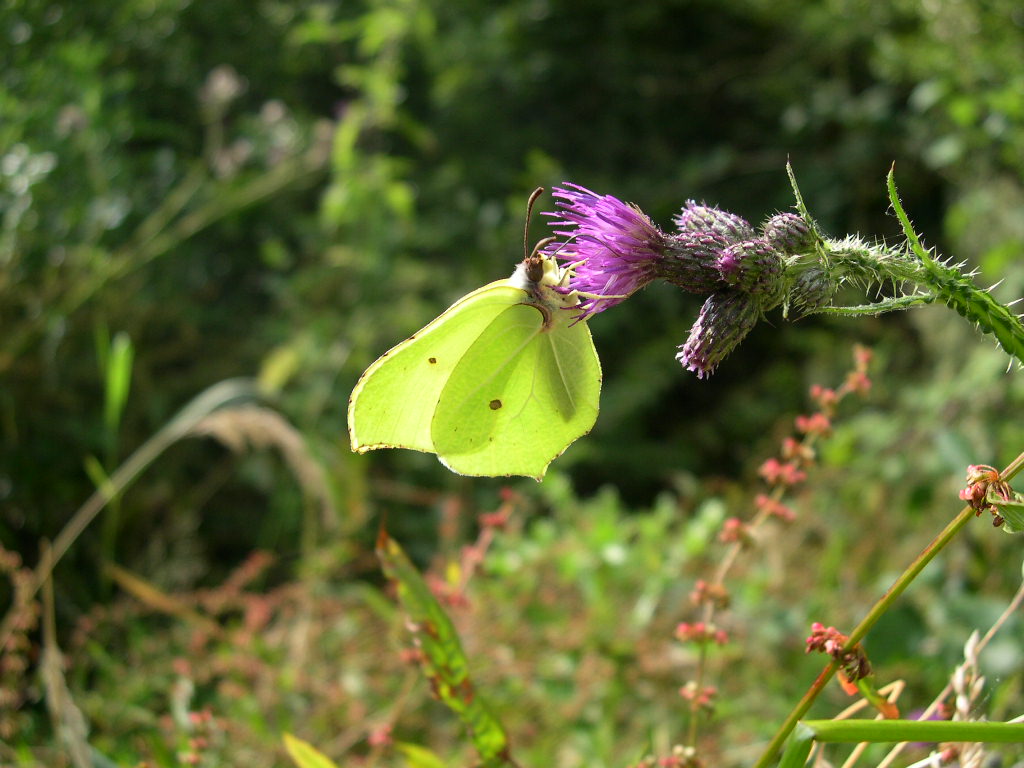This
Month on the Emmbrook
What to look for if you are out and about in
MARCH
General

Spring is usually said to start at the beginning of March and the 21st of March is the Spring Equinox; the date on which day and night are of equal length. This season is a time of days getting longer and the spring sunshine bringing growth and greenery everywhere with buds bursting and leaves unfolding. Birdsong reaches a peak and many flowers appear, in turn attracting insect-life, including bees and butterflies. Animals that hibernated over winter appear on the first warm days of spring so keep an eye out in early Spring for them. As the nights get longer, and at last the clocks change ("spring forward"), there is a renewed optimism for the new season ahead. The Vernal Equinox on the Astronomical Calender is on the 20th.However the Metrological Calender says that Spring starts on the 1st March
Birds

As more summer migrants arrive in late March, the woodland dawn chorus will swell. However the resident birds (Song thrushes, Blackbird, Greenfinch, Great Tit and Robin) are already in full song proclaiming their territories to all comers. One of the first migrants to arrive is the Chifchafff with its repetitive and distinctive song. These birds will have flown from West Africa to be here. The Chiffchaff is a small green warbler found in woodlands and scrubby areas.
Insects
Bumblebees especially the Buff-tailed Bumble Bee (Bombus terrestris) can be seen buzzing around on the warmer days. This is a widespread and common Bumble Bee. The large, conspicuous overwintered queens are often among the first bumble bees to appear in spring, often occurring in late February/early March. Nectar sources are scarce at this time. They are black with a dull yellow band just in front of the wings, and another across the middle of the body. The abdomen of the queen is buff coloured, but workers are very similar to white-tailed bumble bees. This species nests below ground.
Dormant throughout the winter, Ladybirds wake-up in March and April and begin looking for partners to mate with. Ladybirds are normally found wherever there is food for them. Any plant, shrub or tree with greenfly or scale insects may attract Ladybirds.
Butterflies

Other Wildlife
In March and April bats emerge from their winter hibernation, to hunt out flying insects on which they feed. In towns the small pipistrelle is the most common species. Bats are very particular in their hibernating sites requiring a stable temperature and humidity. Toads start to emerge from their wintering hiding places and move towards their chosen breeding ponds.<
Plants & Trees
Along the banks of the Emm towards the end of the month the Blackthorn (also known as sloe) flowers. Their bushes are covered in clouds of white blossom borne on its dark, thorn laden branches. This shrub is sometimes confused with Hawthorn, but the Hawthorn does not flower until May and comes into leaf before the blossom opens. A sure sign of spring is the apperance of the furry looking catkins of the 'pussy' willow, found in damp places.
Early Lesser Celandines have already shown their yellow petals to the sun, however when its dull the flowers remain closed.
